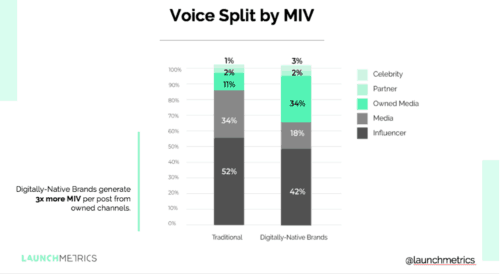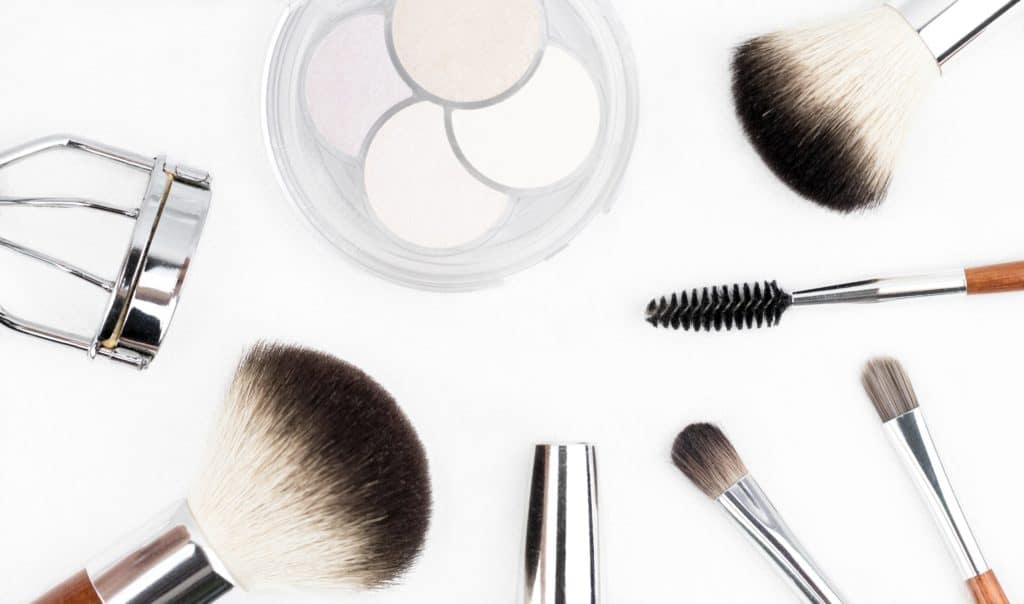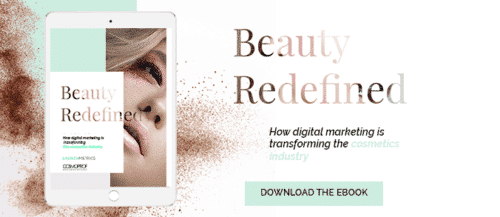Estée Lauder, Glossier, bareMinerals. These were just some of the big beauty businesses that came together at the Beauty Revolution Forum, hosted by Glossy in New York City this week. Industry leaders met to discuss how beauty brands and retailers are leveraging digital tactics to drive growth through customer-centric initiatives.
And, we couldn’t help but notice these three themes that were echoed throughout the day. Read on for an insider perspective of this insightful event:
3 beauty business themes from Glossy’s Beauty Forum
Brand stories matter
“Being off the cuff is more important than ever” as Priya Rao, Beauty Editor at Glossy, stated. She opened the event by emphasising the importance of brand stories, a sentiment that was echoed by nearly every brand at the event. The Lip Bar’s Melissa Butler spoke about her frustrations with the inclusion of unnecessary chemicals as well as a lack of shade range offered in the lipstick market, which prompted her to create a unique formula in her own kitchen. Her vegan and cruelty free cosmetics are now sold online and in various brick-and-mortar shops including mega-brand, Target.
The story behind beauty business, The Lip Bar, is something that consumers identify with, which is why brand stories should be intrinsic to the product, as well as the marketing and communications strategy. Rob Robillard, VP of Integrated Beauty Merchandising at Qurate Retail Group, offered the following advice: “Find the people who can create a narrative that gets people excited.” It doesn’t always have to be the CEO, but someone who lives and breathes the brand.
This same sentiment can also be extended to influencer marketing campaigns and partnerships, as several of the speakers mentioned that they placed more of their focus on working with influencers who already support their brands. This consideration creates more valuable and authentic content, which not only assists in supporting brand stories, but also allows brands to connect with their consumers.
The final piece of advice came from Verane de Marffy, SVP of Marketing at YSL Beauty - “never lose sight of who you are...you don’t need to appeal to everyone, just your target audience.”
Beauty should be in motion
“How many of you do at least part of your make-up or skin care regime on your way to work?”, asked Divya Gugnani, Co-Founder of cruelty free beauty brand, Wander Beauty. Nearly 75% of hands in the room shot up.
Working women around the world no longer have time for 2-hour beauty routines in the morning. They’re time-starved, label conscious individuals that want great results, so “beauty should be in motion, because we are in motion,” she said.
This theme was also reflected in Glam+Go’s story. In response to the question: “Does the world really need another dry bar?”, Erika Wasser, Founder & CEO, said “yes, absolutely.” In most cases, women don’t have the time to sip champagne while getting a scalp massage and blowout. They need fast, efficient beauty treatments in 15-30 minutes – especially when traveling for work.
In today’s hyper-competitive and ever-growing beauty market, here are a few tips they offered to differentiate your brand and build share of wallet:
- Create a community around shared beliefs to build emotional connections with consumers - Glam+Go is launching a series of ‘Girls Night Out’ events that bring like-minded women together.
- Video content is queen. According to Gugnani, 73% of customers were more likely to purchase after watching a video.
- Real-life is more relatable. Creative strategies should reflect your brand values. Whether it’s putting on concealer in the backseat of a cab, peeling off a brightening face mask on a red-eye flight, or a “bossbabe” blowout the morning of an important event.
Heritage Brands vs. Digitally-Native DTC Brands
One of the most prevalent themes throughout the day was the difference between heritage brands and digitally-native direct-to-consumer brands. It has become apparent that the lines are starting to blur when it comes to the marketing strategies that each of these categories employs.
Yuli Ziv, US Managing Director at Launchmetrics, broke down how each type of company was creating brand equity. It was interesting to note that while the numbers were similar, heritage brands actually sourced a higher percentage of Media Impact Value™ from influencers.
Not surprisingly, heritage brands lean more on traditional media strategies, while digitally-native brands capitalize on their Owned Media three times more effectively.

Rich Gersten, who specializes in investing in beauty brands, noted that it is tough to scale direct-to-consumer brands without opening distribution channels, as eventually the customer acquisition costs become so high that they no longer make sense. He also mentioned that while brands should focus on high growth channels, they shouldn’t ignore the hidden gems that can have a significant impact.
Want to hear more insights around the beauty industry? Download our Beauty Redefined eBook:

